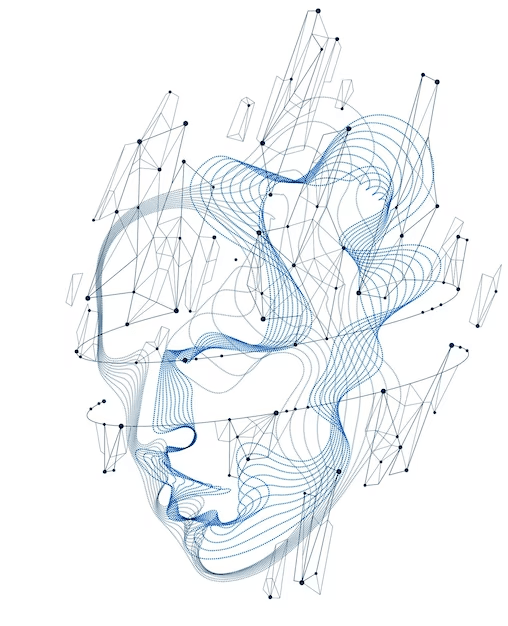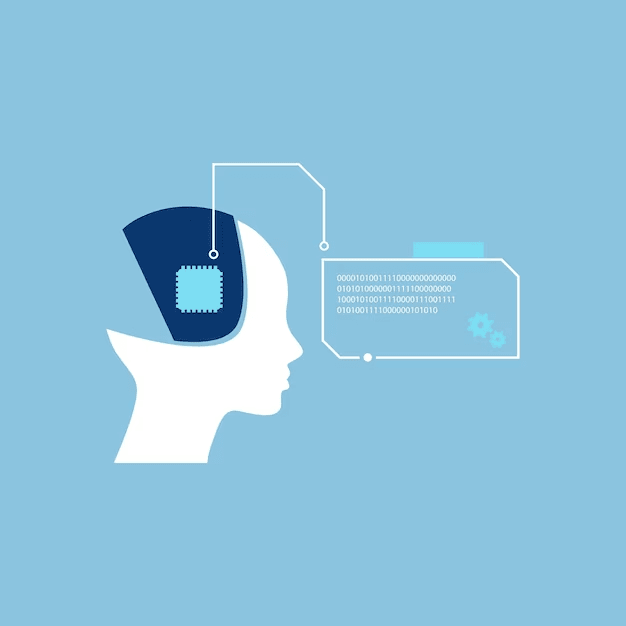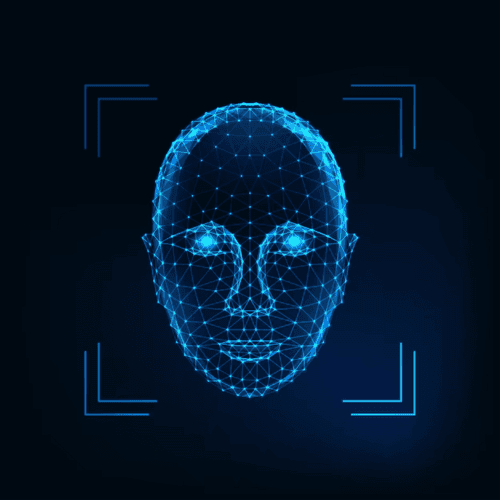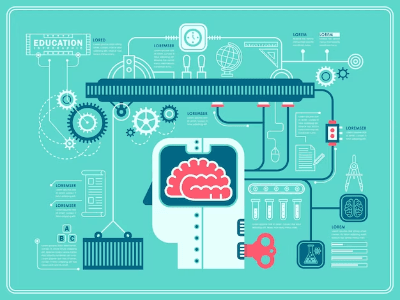Sequences, Time Series and Prediction
Unlock the power of data through Sequences, Time Series, and Prediction. Master the ability to analyze, forecast, and extract insights from time-dependent data sequences. Dive into practical methods for making informed, data-driven predictions. Ideal for data scientists, economists, and statisticians. Explore the future, today!
Natural Language Processing
Natural Language Processing, or NLP, is a field of artificial intelligence that focuses on the interaction between computers and humans through natural language. The ultimate objective of NLP is to enable machines to understand, interpret, and generate human languages in a manner that is valuable and meaningful. This technology is behind various applications such as speech recognition, language translation, sentiment analysis, and chatbot development, bridging the gap between human communication and computer understanding.
Make your convolutional Neural Networks better
Enhance your Convolutional Neural Networks (CNNs) by implementing techniques such as data augmentation to create diverse training examples, using transfer learning to leverage pre-trained models, incorporating regularization methods like dropout and batch normalization to prevent overfitting, exploring different architectures, optimizing hyperparameters, considering ensemble learning for improved predictions, and addressing class imbalances in the dataset. These strategies collectively contribute to improved model performance, convergence speed, and generalization capabilities.
Tensorflow - bases
Learn about the core features of TensorFlow including the Sequential model, Dense layers, compile method, fit method, and predict method. With these powerful tools, you can build machine learning models that can tackle a wide variety of tasks, from image classification to natural language processing. Get started with TensorFlow and take your machine learning skills to the next level!
Reinforcement learning
Reinforcement learning is a subfield of machine learning that deals with training agents to take actions in an environment based on the rewards and penalties received from those actions. The goal of reinforcement learning is to maximize the cumulative reward received over a period of time. Key components of reinforcement learning include the environment, the agent, actions, rewards, and policy. Reinforcement learning has many practical applications, including robotics, games, and autonomous driving.
Content based filtering
Content-based filtering is a machine learning technique for recommending items by analyzing their features and suggesting similar items to users based on their preferences. It is commonly used in recommendation systems for media items such as movies, music, and books.
biais and variance
Bias and variance are two important concepts in machine learning model evaluation. Bias is the error that occurs when a model is unable to represent the complexity of the data. Variance is the error that occurs when a model is too complex and overfits the data. A good model should have a balance between bias and variance, known as the bias-variance trade-off. Understanding and managing bias and variance is crucial for developing effective machine learning models.
Collaborative filtering
Collaborative filtering is a recommendation system that predicts user preferences based on the preferences of similar users. It analyzes product ratings given by different users to make personalized recommendations. Collaborative filtering has become popular in e-commerce and social media.
Anomaly detection
Anomaly detection is a machine learning technique that identifies unusual or abnormal events in a set of normal events data. It is commonly used in various applications such as fraud detection, manufacturing, and computer surveillance. The algorithm analyzes a set of features in the data and triggers an alert if a new event appears to be different from previous ones. It is an essential part of the machine learning toolkit for detecting anomalies and improving quality control.
Clustering
Clustering is a powerful technique used in data analysis to identify patterns and group similar data points together. In this blog article, we will provide a comprehensive guide to clustering, from the basic concepts to advanced techniques, as well as the benefits and drawbacks of using clustering.
Overfitting and underfitting
Overfitting and underfitting are common problems in machine learning. Overfitting occurs when a model is too complex and performs well on the training data, but poorly on new, unseen data. This happens when the model has learned the noise in the training data instead of the underlying patterns. Underfitting, on the other hand, occurs when a model is too simple and doesn't capture the complexity of the data, leading to poor performance on both training and test data. Finding the right balance between model complexity and generalization is key to avoiding these issues.
Decision three
The decision tree is a supervised learning method used for classification and prediction. It uses an "if/then" approach to classify input data. The decision tree is built from a set of decision rules that are organized in a tree structure. Each node of the tree represents a decision, and each leaf represents a class or output value. The decision tree can be used to solve classification and prediction problems in a wide range of domains.
Processing Machine learning
Discover the power of Machine Learning! Explore code snippets for Linear Regression, Gradient Descent, Neural Networks, and more. Train models, evaluate their performance, and solve complex problems using Python
Activations functions and multiclass
ctivation functions are used to introduce nonlinearity in neural networks, allowing for modeling more complex relationships between input and output data. In the case of multiclass classification, a softmax activation function is often used to obtain normalized probabilities for each class. This allows for determining the most likely class for a given observation.
Neuronal network
A neural network is a type of machine learning algorithm modeled after the structure and function of the human brain. It consists of layers of interconnected nodes, or neurons, that are capable of learning and processing information from input data. Through the process of forward and backpropagation, the network can learn to make predictions or classify data based on patterns in the input. Neural networks are used in a variety of applications, such as image and speech recognition, natural language processing, and predictive modeling.
Logistic regression : Classification
How to classify data using Logistic Regression. Explore the theory behind this classification algorithm and discover how it is used in real-world applications. With examples and practical exercises, you'll be able to build your own Logistic Regression model and gain a better understanding of its power in classification tasks.
Gradient Descent
Gradient Descent is a popular optimization algorithm used in machine learning to minimize the cost or loss function of a model. It works by iteratively adjusting the model parameters in the direction of the steepest descent of the cost function, until the local minimum is reached. The step size of the adjustments, or learning rate, is a hyperparameter that affects the speed and accuracy of the optimization. There are several variants of Gradient Descent, including Stochastic Gradient Descent and Mini-batch Gradient Descent, which are more efficient for large datasets.
Supervised vs Unsupervised
Supervised and unsupervised learning are two different approaches to machine learning. Supervised learning involves training a model using labeled data, where the input data is already categorized and the model learns to predict the corresponding output. On the other hand, unsupervised learning involves training a model using unlabeled data, where the model has to find patterns and structures on its own without any guidance.
Recurrent Neural Networks
Recurrent Neural Networks (RNNs) are a class of neural networks that can process sequential data using recurrent connections. RNNs are particularly well-suited for tasks such as sequence prediction, speech recognition, and machine translation.
Autoencoders
Autoencoders are a type of neural network that can learn to encode and decode input data. They consist of an encoder network that compresses input data into a lower-dimensional representation, and a decoder network that reconstructs the original data from the encoded representation. Autoencoders are often used for unsupervised learning tasks such as data compression, denoising, and anomaly detection.
Boltzmann Machines
Let's explain what a Boltzmann machine is, what it is used for, and how it works. Also, let's discuss and explain the energy model, its advantages and others. How are Boltzmann machines related to contrastive divergence?
Self organizing maps (SOM)
Self-Organizing Maps (SOM) is an unsupervised machine learning algorithm used for data clustering and visualization. It uses a neural network to map high-dimensional input data onto a lower-dimensional grid, while preserving the topological relationships between the input data. SOMs are often used for data mining and pattern recognition tasks.
Convolutional Neural Networks
Convolutional Neural Networks (CNNs) are a type of deep neural network commonly used in computer vision tasks. They are designed to automatically and efficiently learn hierarchical representations of input images by using convolutional layers, pooling layers, and fully connected layers. CNNs have achieved state-of-the-art performance in tasks such as image classification, object detection, and image segmentation.
Artificial Neural Networks
Explore Artificial Neural Networks: How they work and their use in various fields.
Graph theory
Graph theory is a branch of mathematics that studies the properties of graphs, which are mathematical structures used to model pairwise relationships between objects. Graphs consist of vertices, which represent the objects, and edges, which represent the relationships between the objects. Graph theory has applications in various fields, including computer science, social networks, biology, and transportation networks. It also has several important concepts, such as connectivity, shortest paths, coloring, and planarity, which have numerous practical uses.
Q-learning
Q-learning is a reinforcement learning algorithm that allows an agent to learn how to make decisions by interacting with its environment. The objective is to maximize a numeric reward called the "Q-value" by choosing actions that lead to the greatest reward. The algorithm uses an iterative update method to estimate the Q-values for each possible state and action, which allows the agent to make more effective decisions over time. Q-learning is widely used in the fields of AI, robotics, and video games.
Introduction to machine learning
Machine learning is a branch of artificial intelligence that focuses on the development of algorithms and statistical models that enable computers to learn from and make predictions or decisions based on data. It involves training a computer to recognize patterns and relationships within a dataset, allowing it to make predictions or take actions based on new data. Machine learning has become increasingly popular in recent years, with applications ranging from natural language processing and image recognition to self-driving cars and personalized recommendations.

 English
English



